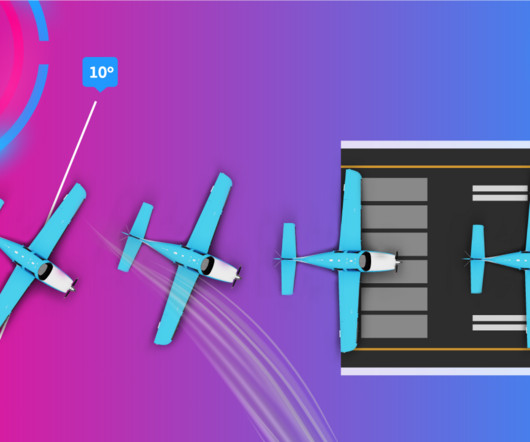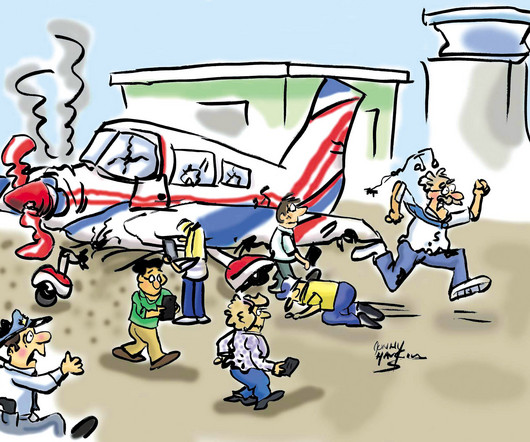Everything You Need To Know About Ailerons
Pilot Institute
FEBRUARY 20, 2025
These control surfaces dictate the aircraft’s roll, and this allows it to bank smoothly through turns or even recover from turbulence. This shifts the ailerons Center of Gravity (C.G.) They just keep the wings level, and the aircraft will simply drift with the wind if its experiencing any significant crosswind.











Let's personalize your content